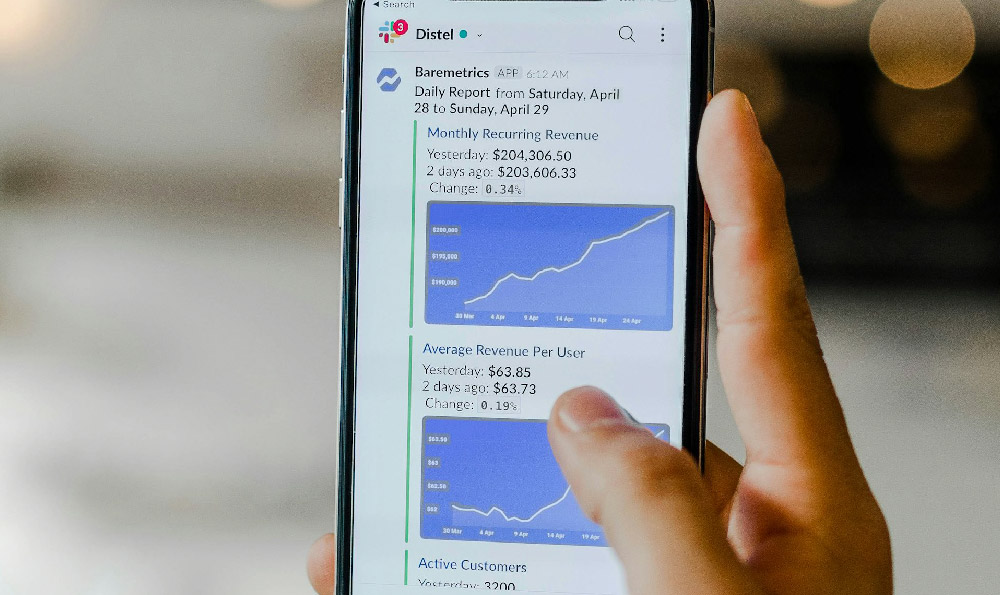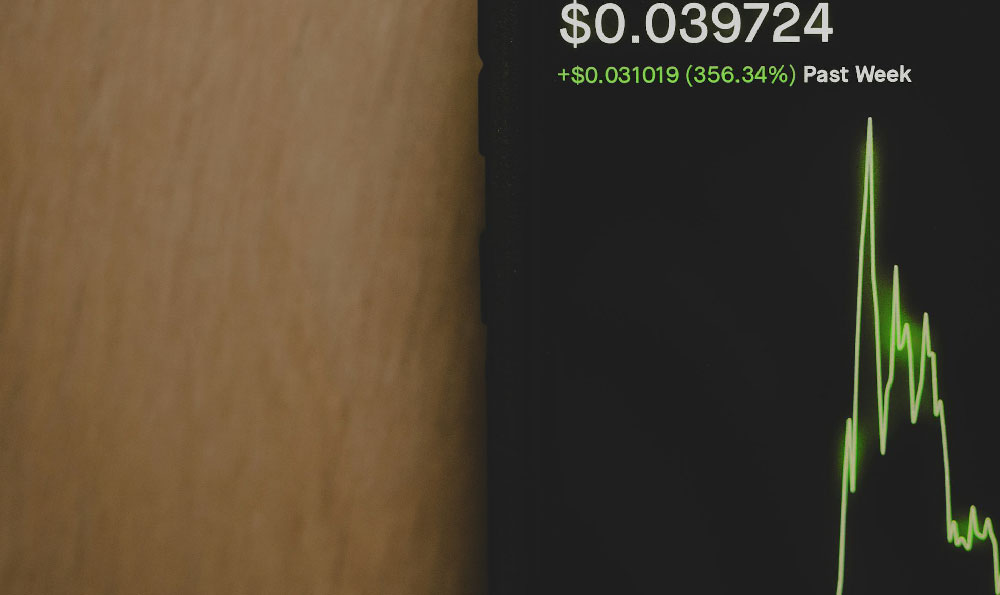Okay, I'm ready. Here's an article based on the prompt "Investing in Vanguard: A Smart Choice? How Do I Start?", aiming for richness, detail, and a flowing narrative style while avoiding numbered lists and direct repetition of the title.
Investing in index funds and ETFs has become increasingly popular over the last decades, and among the providers in this space, Vanguard stands out. But is choosing Vanguard a truly astute decision, and what does it take to actually embark on your investment journey with them? Let's explore.
Vanguard's prominence stems from a unique and influential business model. Unlike publicly traded asset managers who answer to shareholders and their demands for profit maximization, Vanguard is structured as a mutually owned company. This means the fund shareholders are the owners. The result? Lower expense ratios that directly benefit the investors. These reduced costs can translate into a significant difference in long-term investment performance, especially when compounded over decades. A seemingly small 0.1% difference in expense ratios can balloon into tens or even hundreds of thousands of dollars over a typical investing lifespan. This cost-conscious approach is at the heart of Vanguard's appeal.

Beyond low costs, Vanguard offers a wide array of investment options, catering to diverse risk tolerances and investment goals. These include index funds tracking broad market benchmarks like the S&P 500, bond funds covering various segments of the fixed income market, sector-specific ETFs targeting industries such as technology or healthcare, and target-date retirement funds that automatically adjust asset allocation as you approach your retirement year. This comprehensive selection allows investors to build well-diversified portfolios, aligning with their individual circumstances and objectives. A beginner might start with a total stock market index fund or a target-date fund, whereas a more experienced investor might construct a portfolio using a combination of different asset classes and investment styles.
However, Vanguard isn't without its considerations. While the low costs are a major draw, potential investors should also consider their personal investment needs and preferences. Vanguard's interface, for example, might be perceived as less intuitive or user-friendly compared to some of the newer, technology-focused brokerages. Some investors prefer a more streamlined and feature-rich platform, even if it means paying slightly higher fees. Similarly, while Vanguard offers a wide range of funds, its selection of individual stocks is more limited than that of some other brokerages. If active stock picking is a significant part of your investment strategy, you might need to supplement your Vanguard account with another brokerage account.
So, how does one actually start investing with Vanguard? The initial step involves opening an account. You can choose between a taxable brokerage account, suitable for general investment purposes, or a retirement account, such as a Traditional IRA, Roth IRA, or Rollover IRA, offering tax advantages for retirement savings. The online account opening process is relatively straightforward, requiring you to provide personal information, funding details, and to agree to the terms and conditions.
Once your account is open and funded, the next step is to choose your investments. This requires careful consideration of your risk tolerance, time horizon, and investment goals. If you're unsure where to start, consider exploring Vanguard's target-date retirement funds. These funds automatically adjust their asset allocation over time, becoming more conservative as you approach your target retirement date. This can be a convenient option for those who prefer a hands-off approach to investing.
Another popular option is to build your own diversified portfolio using a combination of index funds and ETFs. A common strategy is to allocate a portion of your portfolio to a total stock market index fund, providing broad exposure to the U.S. stock market. You can then supplement this with international stock funds, bond funds, and potentially real estate funds to further diversify your portfolio.
Remember that investing is a long-term endeavor. Avoid making impulsive decisions based on short-term market fluctuations. Instead, focus on building a well-diversified portfolio that aligns with your risk tolerance and investment goals, and rebalance your portfolio periodically to maintain your desired asset allocation. Regular contributions, even small amounts, can make a significant difference over time, thanks to the power of compounding.
Before diving in, take the time to educate yourself about investing. Vanguard's website offers a wealth of educational resources, including articles, videos, and interactive tools. Additionally, consider consulting with a qualified financial advisor who can provide personalized guidance based on your individual circumstances.
Ultimately, investing in Vanguard can be a smart choice for many investors, particularly those seeking low-cost, diversified investment options. However, it's crucial to carefully consider your individual needs and preferences before making a decision. By understanding Vanguard's strengths and limitations, and by taking the time to educate yourself about investing, you can make informed decisions and build a solid foundation for your financial future. Consider the long-term implications and how Vanguard’s offerings can support your unique path to financial wellbeing.












